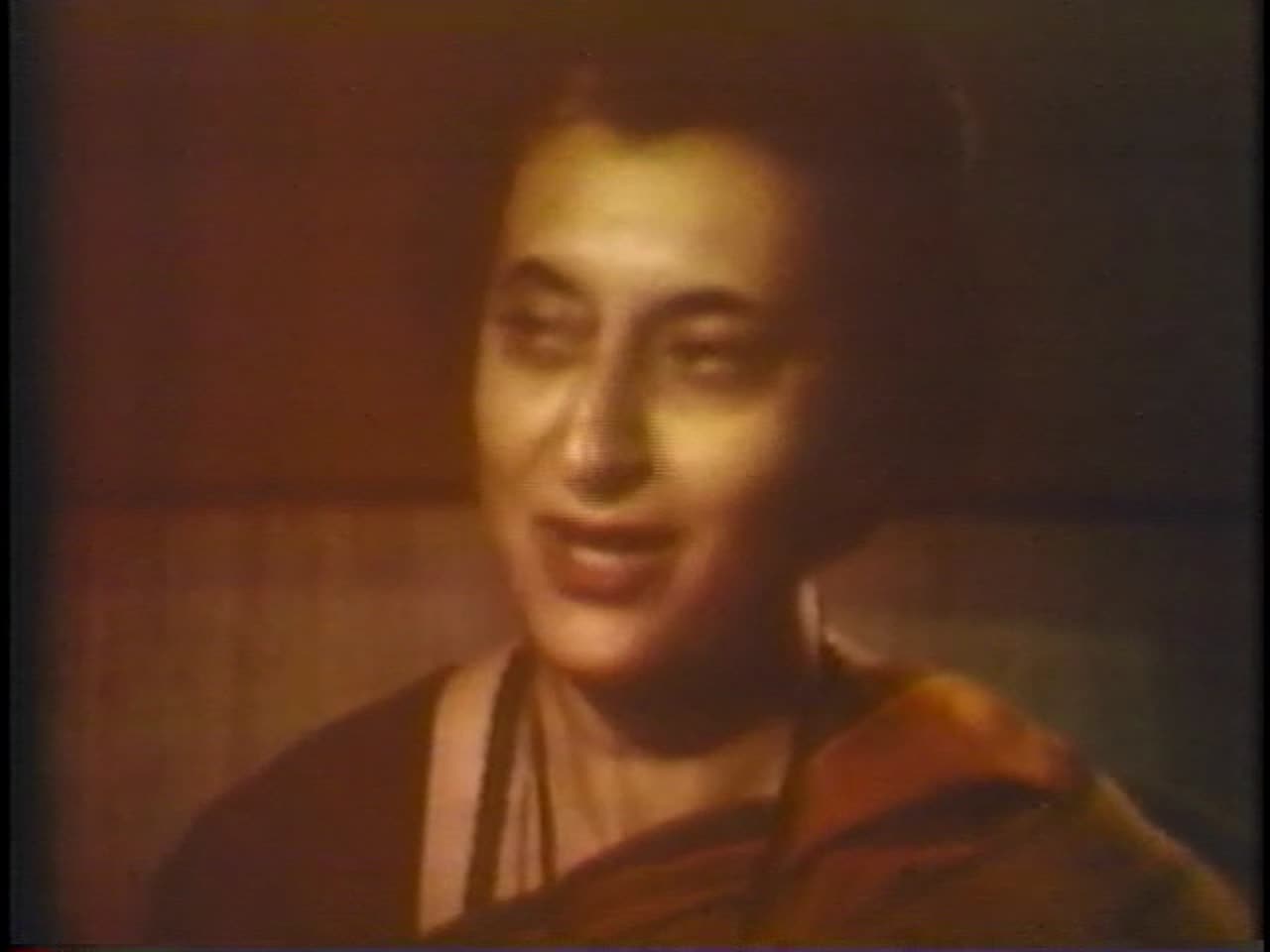
In 1965, Howard Caldwell was sent on a month-long assignment with photographer Les Walden to the Far East. He became the first American journalist to interview Indira Gandhi, India’s first female prime minister.
Caldwell traveled to three countries in Asia on assignment from 1965 to 1966 including India, Pakistan and Vietnam. Caldwell had an interest in both the Middle East and Asia. During this trip, the previous prime minister of India, Lal Bahadur Shastri, died of a heart attack. His leadership in economics had been questioned, but was praised for his no-war agreement with Pakistan President Ayub Khan.
The country was in transition after Shastri’s death and the celebration of Gandhi’s election. Her father was a leader in the Indian independence movement and Gandhi was involved in the country’s politics as a result. She was a member of the Congress Party’s working committee and eventually appointed to the upper level of Indian Parliament. She was named minister of information and broadcasting in 1964.
Caldwell said he felt Americans should pay closer attention to Gandhi’s leadership due to India’s close relationship with China and her decision on whether to support the United States or Russia during the Cold War.
At first, the likelihood of the interview seemed low; Gandhi’s private secretary, Mr. Kapor, had never granted an American reporter access before. Not many American media companies were present at the time, but there were foreign media companies circulating. Caldwell and Walden did not let on they had the opportunity to possibly interview Gandhi.
A few hours after Caldwell’s scheduled departure for Mumbai, Gandhi’s secretary called Caldwell and asked to meet outside of the location where Gandhi would be giving a speech later that day. After spending the two hours of the speech sizing Caldwell up, Kapor called him to grant the interview.
“Indians and Hoosiers definitely have something in common,” Caldwell said. “Both tend to size up strangers carefully before accepting them.”
The interview lasted the length of the 30 minutes Caldwell had been granted in Gandhi’s home. They discussed topics including her politics, her position as a woman in this new role and the India-U.S. relationship. She felt strongly about democracy and giving people a voice in all levels of government.
Gandhi said economic development was a priority for her by use of better distribution and production of resources in a form of socialism. But she did not call her country socialist because of its negative connotation and association with communism. She also said India’s relations with Russia are no threat to the United States.
Clips in this video
Caldwell left New Delhi just 24 hours later, with one of his biggest projects under his belt. Caldwell was celebrated as a hero when he landed back in America. Gandhi went on to serve 18 years as prime minister. During this time, she remodeled the farming industry and resolved territorial disputes with the Pakistani president.
Gandhi was, however, criticized for having authoritarian policies and imprisoned her opponents. She stepped down from her position in the 1977 election after losing re-election. After a short period in jail, she joined parliament again. In 1980, she was back as prime minister.
The interview between Caldwell and Gandhi was circulated nationally on NBC’s “Today” program. His documentary on hunger in India led to a 1967 Indianapolis Press Club award.
Luzane Draughon
Research by Cate Charron, Christina Avery and Julia Pearl
Videos from Indiana Broadcast Pioneers
Related Items
| Title | Station | Date Aired | Description | |
|---|---|---|---|---|
|
|
Caldwell on how he got interview with Indira Gandhi Howard Caldwell Collection |
1966 |
Howard Caldwell discussing how he got an interview with Indira Gandhi Audio (1:43) Howard Caldwell... |
|
|
||||

|
Howard Caldwell Interviews Indira Gandhi Howard Caldwell Collection |
1966 |
Howard Caldwell travels to India to interview India's leader, Indira Gandhi Video (25:27) |
|
|